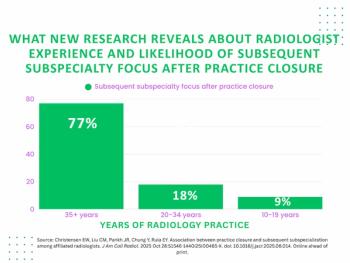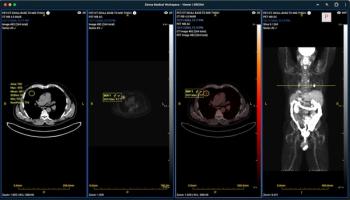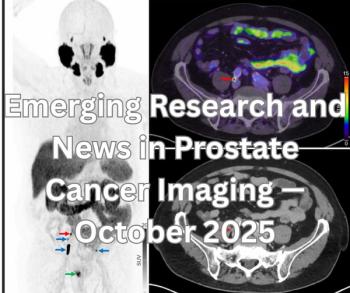
Service organization launches plan to take on OEMs in maintenance
Masterplan competes for full serviceWhen independent service organizations (ISOs) practically ruled the technology management world a decade ago, Masterplan was one of many regional and national companies servicing biomedical and
Masterplan competes for full service
When independent service organizations (ISOs) practically ruled the technology management world a decade ago, Masterplan was one of many regional and national companies servicing biomedical and imaging equipment. Now the Chatsworth, CA, firm is the only national ISO left standing. But rather than looking for a graceful exit or a comfortable niche, the company is dusting off an old battle plan.
"OEMs represent the highest price point for service. It's the highest cost option hospitals have. Our goal is to provide world-class service but under a reduced cost structure, which helps hospitals save money and lower their operating expenses," said Adam Coffee, Masterplan president.
The company has distinguished itself from dinosaur ISOs by developing a self-reliant diagnostic imaging capability. Masterplan is a microcosm of the OEMs, offering the same types of direct service contracts as OEMs for both biomedical and diagnostic equipment, according to Coffee. Competing ISOs, in contrast, typically offer only first-call service on imaging and turn to OEMs to perform the actual maintenance on a time and materials basis.
That dynamic just no longer works for companies that want to do multivendor service, because they are at the mercy of OEM rate hikes for parts and labor. For an ISO to be successful, it must be able to supply its own competent diagnostic imaging technicians and eliminate the need to use the OEMs, said Bruce Cree, Masterplan CEO. That means an ISO has to be able to train technicians and supply them with parts and technical support.
Masterplan, which has a 27-year history in biomedical engineering, began strengthening its ability to service diagnostic imaging equipment several years ago by creating a diverse management team. The company hired Coffee away from GE Medical Systems about a year ago and added other senior managers with OEM and ISO experience as well as a former hospital CFO and a radiology director.
The company also developed a strategic alliance with ReMedPar of Goodlettsville, TN, to train Masterplan's engineers in servicing the full gamut of imaging equipment: x-ray, CT, MRI, nuclear medicine, ultrasound, and mammography.
The aggressive strategy appears to be working. Masterplan now provides multivendor service to more than 1000 facilities across the U.S. Clients include multihospital systems, such as Catholic Healthcare West, which operates 15 hospitals in southern California.
"Because we've been able to provide a service that's comparable to what the OEMs provide, we've seen a lot of success in the large hospital chain environment and the large facility environment, which recognize the value we add with similar products and services but at a lower cost point," Coffee said.
But Masterplan still faces stiff competition from the OEMs it emulates. Equipment manufacturers are striking back by keeping a lid on prices, said Victor Donohue, general manager of MDB Information Network of Dallas. OEMs can't afford to increase their service prices drastically when they are negotiating with a hospital over the purchase of a CT or MRI.
"It may be a service issue now, but it'll be a sales issue next time," Donohue said. "Hospitals will remember the vendors that rake them on service costs. Vendors have to be very cautious about their service costs because customers are looking at everything that drives costs up."
OEMs may even change the rules of engagement by blurring the line between service and equipment. Philips is experimenting with a plan whereby ultrasound customers sign a five-year agreement that covers service as well as upgrades (SCAN 5/1/02). That could give OEMs an advantage over ISOs by giving customers upgrades (which ISOs cannot), while improving customers' ability to budget for equipment upgrades--and to pay for services and upgrades incrementally over the term of the agreement.
Newsletter
Stay at the forefront of radiology with the Diagnostic Imaging newsletter, delivering the latest news, clinical insights, and imaging advancements for today’s radiologists.






























